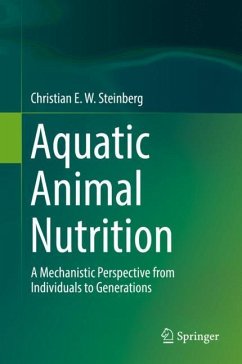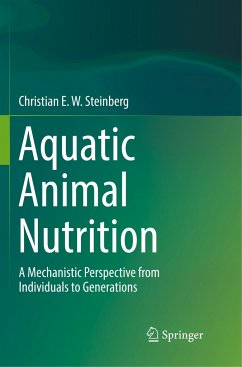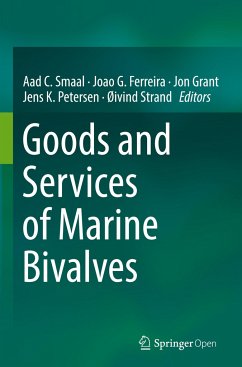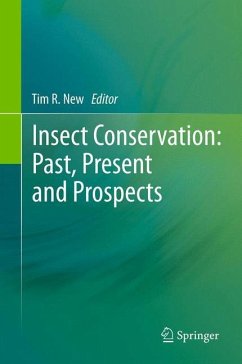
Sperm Competition in Butterflies
Versandkostenfrei!
Versandfertig in 6-10 Tagen
113,99 €
inkl. MwSt.
Weitere Ausgaben:

PAYBACK Punkte
57 °P sammeln!
This book describes about 30 years of theoretical, empirical, and experimental work on butterfly sperm competition. It considers the reproductive morphology and sperm utilisation interests of males and females, which shape the mating tactics of each sex. Females of most butterfly species mate multiple times throughout their lives. The reasons are explored, as well as the numerous adaptations males have developed to prevent future mating and fertilisation by the sperm of other males. In particular, this volume focuses on the role of apyrene sperm. Eupyrene and apyrene sperm dimorphism is most l...
This book describes about 30 years of theoretical, empirical, and experimental work on butterfly sperm competition. It considers the reproductive morphology and sperm utilisation interests of males and females, which shape the mating tactics of each sex. Females of most butterfly species mate multiple times throughout their lives. The reasons are explored, as well as the numerous adaptations males have developed to prevent future mating and fertilisation by the sperm of other males. In particular, this volume focuses on the role of apyrene sperm. Eupyrene and apyrene sperm dimorphism is most likely a key factor in sperm competition, and the study in butterflies promotes understanding of sexual selection across animal species with sperm polymorphism. This book, describing the evolutionary causes and consequences of the sperm competition in butterflies, is a recommended read for students of behavioural ecology.












